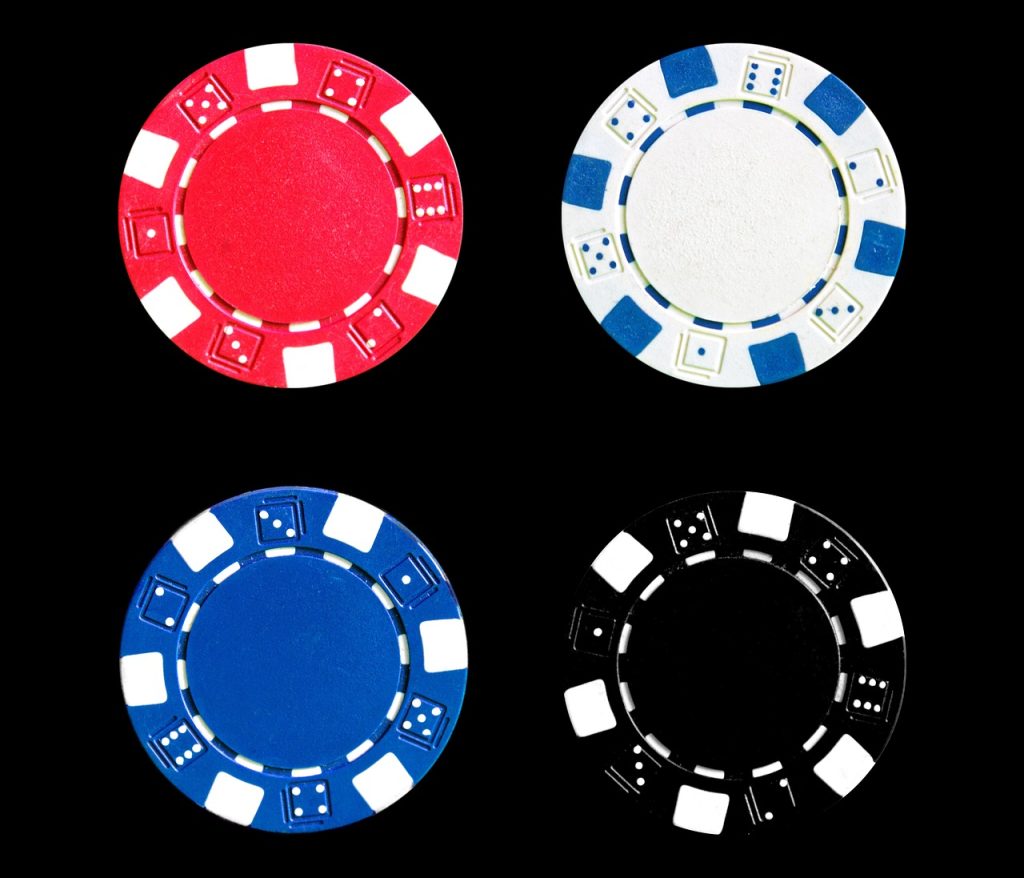The Importance of Position: How to Use Table Position to Your Advantage
Table position is a fundamental concept in the game of poker that can significantly influence the outcome of a hand. Understanding and effectively utilizing your position at the table can give you a strategic edge over your opponents. In this article, we will delve into the nuances of table position, exploring the impact it has on decision-making and the different strategies you can employ based on your position. Whether you are in early, middle, or late position, mastering the art of position play is crucial for success at the poker table.
Understanding the Concept of Table Position
Definition of Table Position in Poker
Table position in poker refers to the placement of a player in relation to the dealer button, which determines the order of betting in each round. Players in later positions have an advantage as they get to see how others act before making their decisions.
Impact of Position on Decision-Making
Table position significantly influences decision-making in poker. Players in later positions can gather information about opponents’ actions before deciding their own moves, giving them a strategic edge. Understanding and utilizing table position can lead to more successful plays.
Leveraging Early Position for Strategic Advantage
Challenges Faced in Early Position
Players in early position face the challenge of acting without full information, as they must make decisions before most other players. This can make it harder to play marginal hands and requires caution.
Playing Strong Hands in Early Position
In early position, it is advisable to play strong hands aggressively to build the pot and narrow down the field. This strategy helps capitalize on the strength of the hand and potentially discourage opponents from entering the pot.
Maximizing Middle Position Opportunities
Balancing Risk and Reward in Middle Position
Middle position offers a balance between the advantages of late and early positions. Players can assess the actions of other players before deciding their moves, allowing for more informed decisions while still having room for strategic maneuvers.
Utilizing Aggression in Middle Position
Being in middle position presents opportunities to assert aggression when necessary. By leveraging a mix of strong hands and strategic aggression, players can control the pace of the game and potentially influence opponents’ decisions.
Exploiting the Power of Late Position Play
Observing Opponents in Late Position
Late position provides valuable insight into opponents’ strategies, as players have observed most actions before making their own decisions. This information can be used to exploit opponents’ weaknesses and capitalize on opportunities.
Stealing Blinds and Controlling Pots in Late Position
In late position, players can take advantage of opponents’ weaknesses by stealing blinds and controlling the size of the pot. By understanding opponents’ tendencies and playing assertively, late-position players can increase their chances of winning pots without a showdown.**Adapting Strategies for Different Poker Variants**
When it comes to poker, the game isn’t one-size-fits-all. Different variants like Texas Hold’em and Omaha Hi-Lo have their own unique quirks that can either make you a winner or leave you scratching your head. Adapting your strategy based on the variant you’re playing is crucial for success at the tables.
**Positional Considerations in Texas Hold’em**
Ah, Texas Hold’em – the bread and butter of poker. In this beloved variant, where you sit at the table can make all the difference between a regrettable bluff and a triumphant win. The later your position, the more information you have at your disposal to outwit your opponents. So, put on your poker face and use your table position to your advantage.
**Positional Dynamics in Omaha Hi-Lo**
Omaha Hi-Lo is like the wild child of poker variants, with its split pot and high-low hands adding an extra layer of complexity. When playing Omaha Hi-Lo, understanding positional dynamics is key to navigating the intricacies of the game. Whether you’re aiming for the high hand, the low hand, or both, being aware of your position can help you swing the odds in your favor.
—
I hope you find the sections helpful and enjoyable to read! Let me know if you need anything else.
In conclusion, the importance of table position in poker cannot be overstated. By incorporating the strategies outlined in this article and being mindful of your position relative to your opponents, you can enhance your overall gameplay and increase your chances of success. Remember, position is not just about where you sit at the table—it’s about leveraging that position to your advantage, making calculated decisions, and outplaying your opponents. So next time you’re at the poker table, keep the power of position in mind and watch your game elevate to new heights.
Frequently Asked Questions
1. Why is table position important in poker?
Table position is crucial in poker as it determines the order in which players act during a hand. Players in later positions have more information about their opponents’ actions, allowing them to make more informed decisions.
2. How can I use early position to my advantage?
In early position, it’s essential to play cautiously and only enter pots with strong starting hands. Avoid getting involved in marginal situations and be prepared to fold if faced with aggression from later position players.
3. What strategies can I employ in late position?
Late position offers a strategic advantage, allowing you to steal blinds, control the pot size, and capitalize on your opponents’ actions. Use your position to apply pressure on opponents and exploit their weaknesses.







Facebook Comments